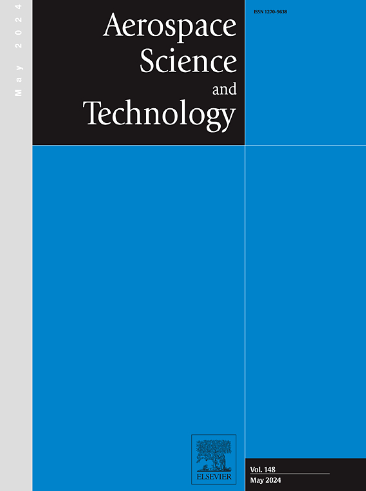Application of causal analysis based on systems theory (CAST) to regulatory decision-making: A case study of the Sikorsky S92A
IF 5
1区 工程技术
Q1 ENGINEERING, AEROSPACE
引用次数: 0
Abstract
Ensuring aviation safety requires maintaining the integrity of product design and operations. The Federal Aviation Administration (FAA) regulates Transport Category rotorcraft design through 14 CFR Part 29, establishing Categories A and B of certification for multiengine rotorcraft, and requires aircraft to be operated according to the certified procedures in flight manuals. This paper presents a case study of the Sikorsky S92A, a Transport Category rotorcraft that is not certified for elevated helideck operations according to Part 29, but operates primarily in the offshore market through FAA-authorized exemptions from applicable regulation. To understand how this discrepancy between the aircraft's certification and operation came to be, a relatively new accident analysis methodology called Casual Analysis based on Systems Theory (CAST) is applied to a hypothetical accident involving an S92A, strongly based on a real incident described in a service difficulty report. The CAST results identify unsafe decisions on the part of flight crews, air operators, the aircraft manufacturer, and the FAA that contribute to the accident. We explain these contributions by identifying several systemic factors generalizable to the entire offshore rotorcraft industry that underlie unsafe decisions, and we propose a set of recommendations to address them.
基于系统理论的因果分析(CAST)在监管决策中的应用:西科斯基 S92A 的案例研究
确保航空安全需要保持产品设计和操作的完整性。美国联邦航空管理局(FAA)通过 14 CFR Part 29 对运输类旋翼机的设计进行监管,为多发旋翼机设立了 A 类和 B 类认证,并要求飞机按照飞行手册中的认证程序进行操作。本文介绍了西科斯基 S92A 的案例研究,该运输类旋翼机未根据 29 部获得升降舵操作认证,但主要通过 FAA 授权的适用法规豁免在近海市场运营。为了了解飞机认证与操作之间的差异是如何产生的,我们将一种名为 "基于系统理论的偶然分析"(CAST)的相对较新的事故分析方法应用于涉及 S92A 的假设事故中,该方法强烈基于服务故障报告中描述的真实事故。CAST 结果确定了导致事故发生的机组人员、航空运营商、飞机制造商和 FAA 的不安全决策。我们对这些因素进行了解释,确定了几个可推广到整个海上旋翼机行业的系统性因素,这些因素是不安全决策的基础,我们提出了一系列建议来解决这些问题。
本文章由计算机程序翻译,如有差异,请以英文原文为准。
求助全文
约1分钟内获得全文
求助全文
来源期刊

Aerospace Science and Technology
工程技术-工程:宇航
CiteScore
10.30
自引率
28.60%
发文量
654
审稿时长
54 days
期刊介绍:
Aerospace Science and Technology publishes articles of outstanding scientific quality. Each article is reviewed by two referees. The journal welcomes papers from a wide range of countries. This journal publishes original papers, review articles and short communications related to all fields of aerospace research, fundamental and applied, potential applications of which are clearly related to:
• The design and the manufacture of aircraft, helicopters, missiles, launchers and satellites
• The control of their environment
• The study of various systems they are involved in, as supports or as targets.
Authors are invited to submit papers on new advances in the following topics to aerospace applications:
• Fluid dynamics
• Energetics and propulsion
• Materials and structures
• Flight mechanics
• Navigation, guidance and control
• Acoustics
• Optics
• Electromagnetism and radar
• Signal and image processing
• Information processing
• Data fusion
• Decision aid
• Human behaviour
• Robotics and intelligent systems
• Complex system engineering.
Etc.
 求助内容:
求助内容: 应助结果提醒方式:
应助结果提醒方式:


